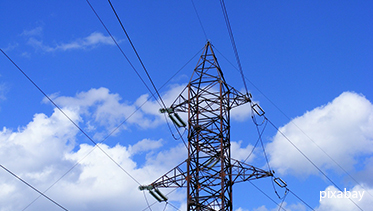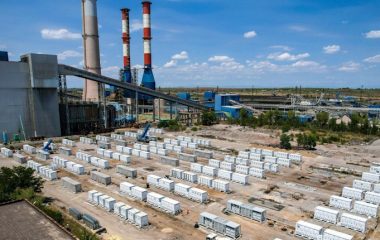
The Feasibility Study for the 400 kV Interconnection between Serbia, Montenegro, and Bosnia and Herzegovina has recently been completed, with the cooperation of the electricity system operators in all three countries (EMS, CGES, NOS and Elektroprenos) and the financial support of the European Commission under the WBIF Infrastructure Projects Facility, as well as that of the European Bank for Reconstruction and Development (EBRD) – a prospective financier of the project, according to the press release published on WBIF’s website.
The study investigated the development of a planned interconnection of 400kV amongst Bajina Basta in Serbia, Pljevlja in Montenegro and Visegrad in Bosnia and Herzegovina. The study has analyzed all aspects of the proposed interconnection, (technical, legal and regulatory, economic, market, social etc.) and has demonstrated the project’s feasibility and viability.
The findings of the environmental and social impact assessment (ESIA) indicate that this project can be developed and implemented with little or no disturbance to the environment and to the people who live and work in its surrounding area.
The connection is included in the list of priority projects supported by the Energy Community Secretariat in Vienna as well as in the European Electricity Transmission System Operators Association’s (ENTSO-e) ten-year network development plans for the SEE region.
In the broader context, when this project is complete, it will be part of a strong electricity transmission corridor between Central Serbia and Italy, via the planned undersea cable between Montenegro and Italy.
It is also linked to the previously completed WBIF-funded Feasibility Study on the Western Serbia upgrade (connection between Obrenovac and Bajina Basta) and the Lastva – Pljevlja Feasibility Study in Montenegro, which is now under construction.
Serbia and Montenegro have already taken necessary steps for the completion of this Interconnection by submitting to the WBIF a new joint application for the financing of the detailed design and tender documents associated with the construction works.

















